|
|
|
|
Driving tour
- Travel to Tunka Valley / Arshan Resort
|

 Tunka valley is unique in its mineral springs. A total of 20 springs and 9 mud deposits were discovered and described in the valley.
For a long time now, several resorts were operating in the valley to improve health of hundreds of visitors at a time. Some of the
most popular are: Arshan, Nilova Pustyn, Zhemchug and Khongor-Uula.
Tunka valley is unique in its mineral springs. A total of 20 springs and 9 mud deposits were discovered and described in the valley.
For a long time now, several resorts were operating in the valley to improve health of hundreds of visitors at a time. Some of the
most popular are: Arshan, Nilova Pustyn, Zhemchug and Khongor-Uula.
 Arshan is the name of the village with medical springs resort in Tunka valley. Arshan is located at the foot of Eastern Sayan
mountains on the bank of Kyngyrga river. The most popular and suitable tourist activity is hiking - short treks up to the waterfalls
and day long climbs to the peaks of the forested mountains.
Arshan is the name of the village with medical springs resort in Tunka valley. Arshan is located at the foot of Eastern Sayan
mountains on the bank of Kyngyrga river. The most popular and suitable tourist activity is hiking - short treks up to the waterfalls
and day long climbs to the peaks of the forested mountains.
|
 |
|
Arshan can be visited in a one day trip by road from Irkutsk city:
• The distance between Irkutsk and Arshan: 210 km / 130 ml
• The distance between Irkutsk and Kultuk: 98 km / 61 ml
• The distance between Ulan Ude and Arshan: 479 km / 298 ml
• Altitude: 893 metres above the sea level.
|
|
 TOUR OPTION 1:
TOUR OPTION 1:
The regular tour duration is 2 days / 1 night. The route runs by the highway along the Trans-Siberian railway through Kultuk village -
the most southern point of lake Baikal. Kultuk is the first russian settlement on the shores of Baikal and was founded in 1647.
In Arshan group members can sample mineral springs and visit the Buddhist datsan/church, make an excursion up along
Kyngyrga river to the first waterfall or to hike farther to Sayan mountains. Meals during the tour are of traditional
Buryat cuisine and served at the road cafes operating all along the highway.
|
On the 2nd day drive 40min to Zhemchug - natural hot mineral baths area. Take baths (100R-150R per person).
Drive back to Irkutsk with stops and lunch enroute. Arrive Irkutsk in the afternoon.
 TOUR OPTION 2:
TOUR OPTION 2:
The same variant but all is done in one day.
Start from Irkutsk at 9-10am and return back at about 19:00
 TOUR OPTION 3:
TOUR OPTION 3:
The tour to Arshan and Tunka valley fits well with the trip by Circumbaikal railway
Easy tour connections can be done using the following route:
|
|
|
Minimum tour duration is 2 days / 1 night
Day 1: Irkutsk - Kultuk - Arshan: by road
Day 2: Arshan - Sludyanka: by road
Arshan tripSludyanka - Port Baikal - Listvyanka: by Circumbaikal tour (available on Wednesdays and Saturdays)
Arshan tripoptional: drive to Irkutsk, arrive at 21:00
Alternative (the other way round):
Day 1: Irkutsk - Listvyanka - Port Baikal - Sludyanka: by Circumbaikal tour (available on Thursdays and Sundays)
Arshan tripSludyanka - Arshan: by road
Day 2: Tour Arshan, visit the springs, waterfall, Buddhist temple, Zhemchug and drive to Irkutsk. Arrive in the afternoon.
Possible accommodation options in Arshan:
• Guest House: Price 1000 - 1500 rubles pp.
• Hotel Zamok Korolya: Price 3000-4500 rubles per twin room
• Retro-Soviet style Sayany sanatorium: Price 800-1200 rubles per person
• Homestay / no running water: Price 500-800 rubles
• Locals on streets offering rooms for rent: 300-500R per person, no running water, outside toilet
• Meals are not included.
You can ask a question or reserve the trip at our request form page.
|
|
|
|
 MORE INFORMATION:
MORE INFORMATION:
Arshan, in Buryat language means "the healing water". Buryats have a very special attitude to arshans. Where mineral waters come to surface,
the locals build religious facilities - obo and conduct collective prayers.
Springs of Arshan belong to carbon dioxide-sulphate-magnesium type. They have a complex chemical composition and are rich in trace elements.
Waters of the resort are similar to narzan waters of Kislovodsk, but exceed the latter significantly by mineralization.
The temperature of Arshan mineral springs differs from 11 - 13°C to 45°C.
The waters are very rich in minerals and microelements, they are effective for drinking and used for treatments. Springs are used to treat disorders
of cardiovascular and digestive system, liver and biliary tract, pulmonary disease, metabolism disorders and
functional disorders of nervous system. Use of fresh water generates the greatest effect. Sacred forest builds gradually around springs:
the cured patients tie ribbons onto the trees.
The number of sunny days per year in Arshan is greater than in such resorts as Yalta, Kislovodsk and Essentuki. Fall in Arshan is clear and windless.
Air pressure is stable, 680-687 mmHg. Significant pressure fluctuations occur mostly in winter.
Kyngyrga River The bottom of the river's canyon is laid with water-polished pink and yellow marble. All its length of 27 km, the river
flows rapidly forming numerous waterfalls. The tallest of them are about 10m high. Pyramids laid of stones can be seen along the river banks,
which are built to symbolize wishes coming true.
Waterfalls of Arshan Running through a rocky canyon, Kyngyrga forms 12 waterfalls. You can reach all the waterfalls via a broad footpath
(11km). A bridge is suspended across the ravine, which needs to be crossed to get to the falls. In order to get to the second waterfall, you need
to climb rocks. The next series of waterfalls are located at the distance of 5 km upstream.
Peak of Love The footpath to the peak starts right from the settlement. Ascension takes 5-6 hours. If you go to the peak, be sure to have
a stock of potable water (you won't come across any) and dry foods to restore your strength. Off the height of 2000m, you will see a magnificent
view over Tunka valley and other peaks of the Eastern Sayans.
Zhemchug ("Pearl") is a large rural settlement located within 40km from Arshan settlement. It is now rapidly developing into a large
recreational center.
New guesthouses and cozy cafes appear each year, and medicinal baths are now offered in local-styled yurts.
In Zhemchug, you can visit the Buddhism History Museum.
One of the versions for the settlement's name is that it is derivative of the Buryat word "Zhemes" meaning "a berry".
Zhemchug is famous for its medicinal springs and mud baths. Hot spa waters (38C methane rich water and 55C carbon dioxide-rich water) flow naturally
from deep-drilled wells into outdoor wooden pools, indoor baths and showers.
Methane baths generate a clear recuperating, relaxing, cleansing and rejuvenating effect. They are recommended for patients with disorder of
musculoskeletal system, nervous system, skin diseases, as well as female and male reproductive systems. Baths are used successfully to treat skin
disorders in children.
Two outdoor pools equipped with indoor dressing rooms operate by the side of the carbon dioxide spring round the year. This water is especially
recommended for patients suffering with musculoskeletal, nervous and skin disorders. Neither of the springs contain radon gas.
Tunka valley is considered to be one of the natural pearls of Buryatia Republic. It continues the Baikal rift and has the size greater than Belgium.
On the west, the valley is confined by the tall Tunka bald peaks of Eastern Sayans, on the east - by less steep slopes of Khamar-Daban ridge. In the valley,
the Irkut River becomes a valley river and flows very slowly.
Tunka valley was populated since a very long time. People were attracted by its warm climate, fertile lands and excellent grazing grounds.
The population of the valley is currently 26 thousand (Buryaty - 53% / Russians - 46%). Kyren settlement is the administrative center of the valley.
In 1991, the Tunka National Park was established. For the 1st time in Russia, the boundaries of a national park coincided with the border of the entire
administrative district. This is one of the country's largest national parks. It has the area of 1.183.662 hectares.
The surrounding area is rich with medicinal herbs such as:
• Rhododendron adamsii Rehder/Saggan-Dali
• Djen-Shen/Golden Root
• Fomitopsis officinalis Vill. Bond et Sin.
• Herba echinaceae purputea L.
• Folia Eucalypti viminalis L.
• Scutellaria Baikalensis (root)
• Helleborus officinalis L.
• and many, many others |
|
|
Dear Guests: here you can read some comments of travellers who travelled to Olkhon island using one
of the packages above.
We'd always like to hear about the service you recieve from us.
Please tell us all about it! |
|
|
 Thanks for making us surprise and happy on the trip to Arshan, where we met the first snow of Arshan this winter.
It was really a wonderful world. I think that was the best ending of the trip from the God. We also appreciate the patience on answering those emails and
the satisfying guide and the help booking comfortable accommodation. Thanks Leonid for all done for us!
Thanks for making us surprise and happy on the trip to Arshan, where we met the first snow of Arshan this winter.
It was really a wonderful world. I think that was the best ending of the trip from the God. We also appreciate the patience on answering those emails and
the satisfying guide and the help booking comfortable accommodation. Thanks Leonid for all done for us!
WenJing (03-09 October, 2014)
CHina
|
|

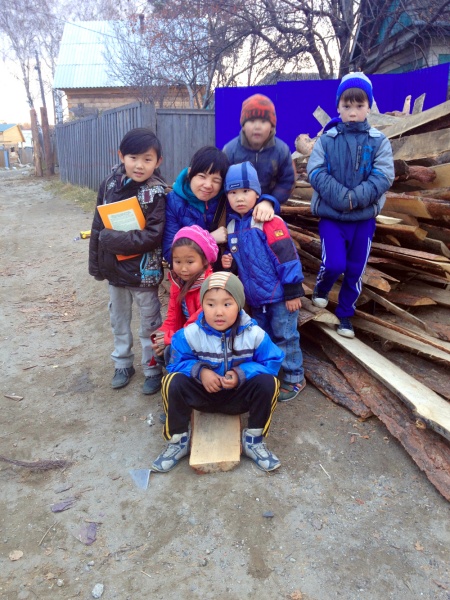
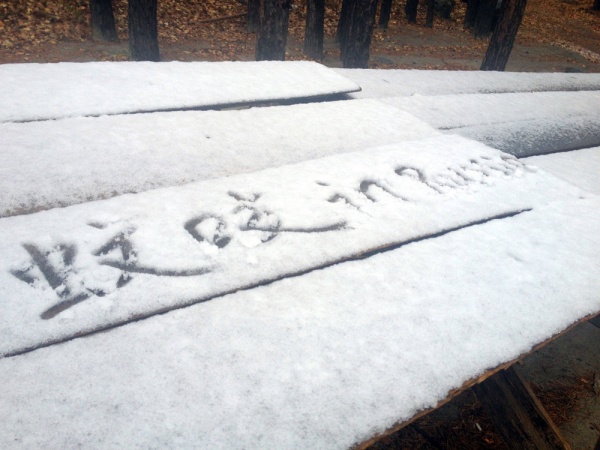

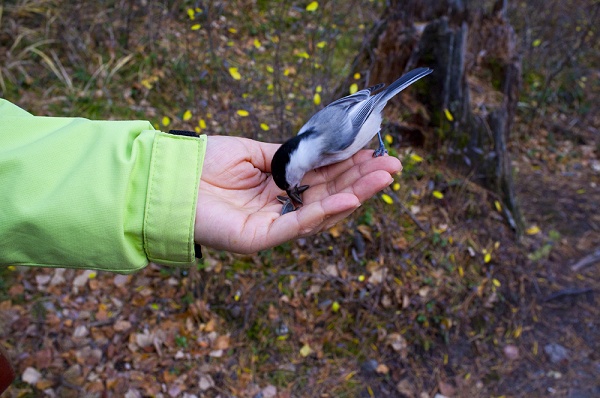

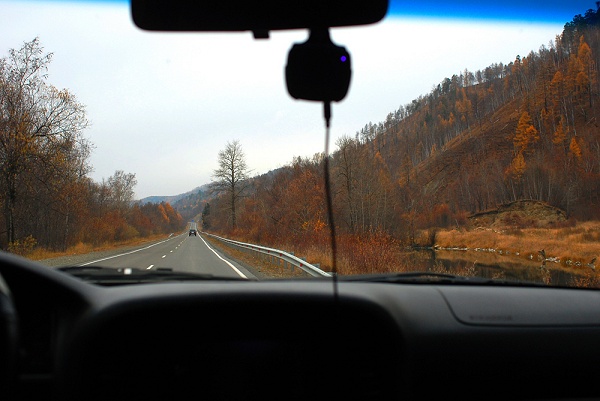


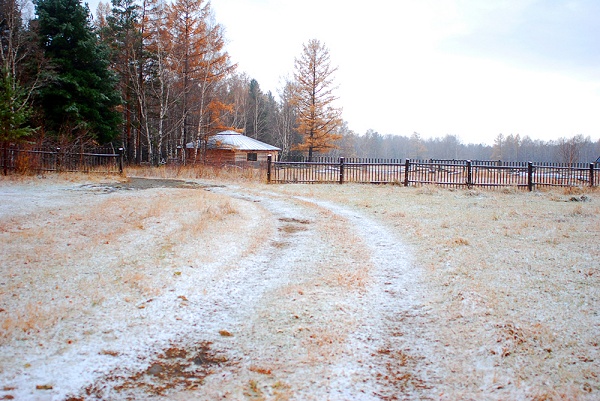

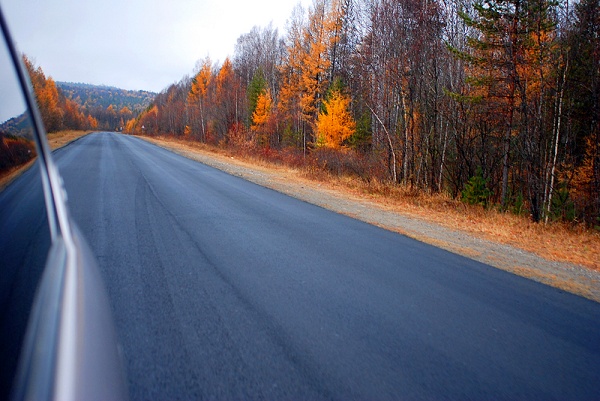
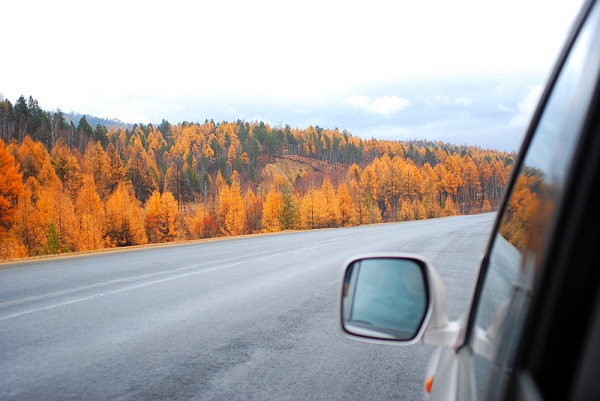 |
|
|